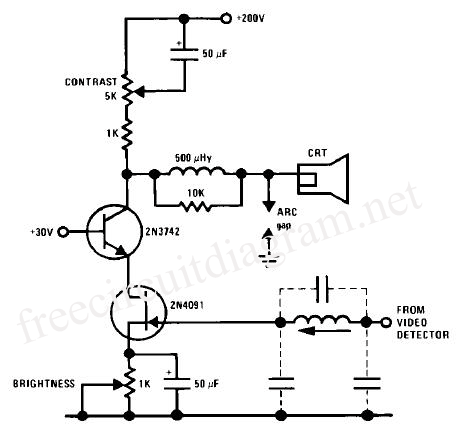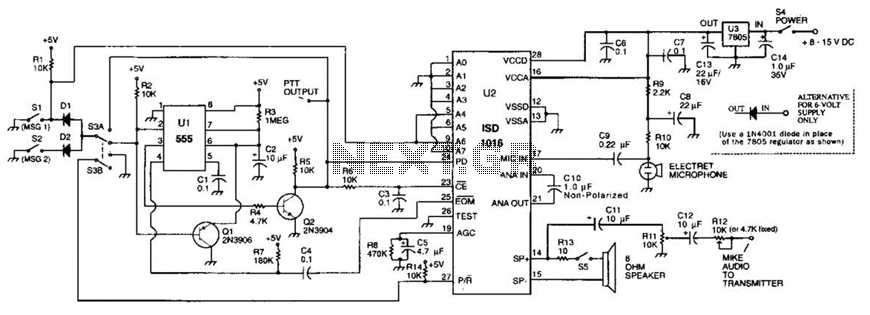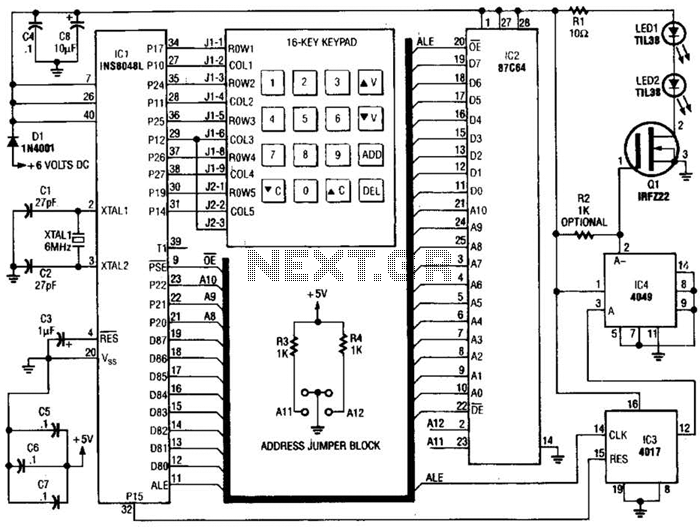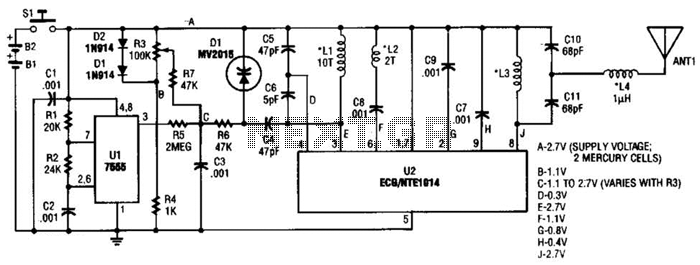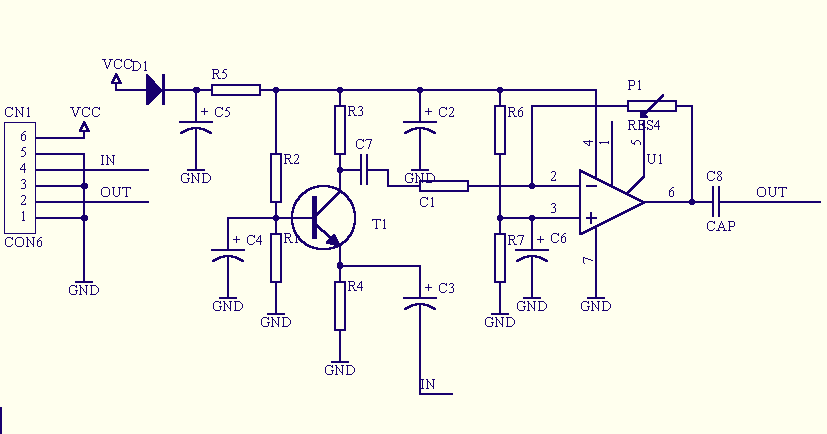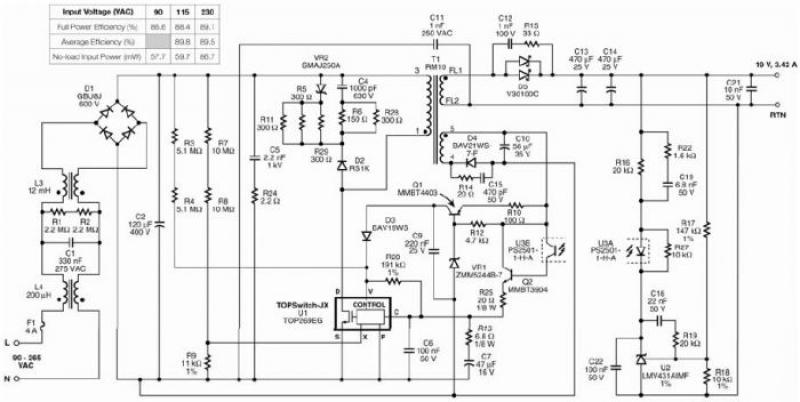
Simple video amplifier circuit diagram
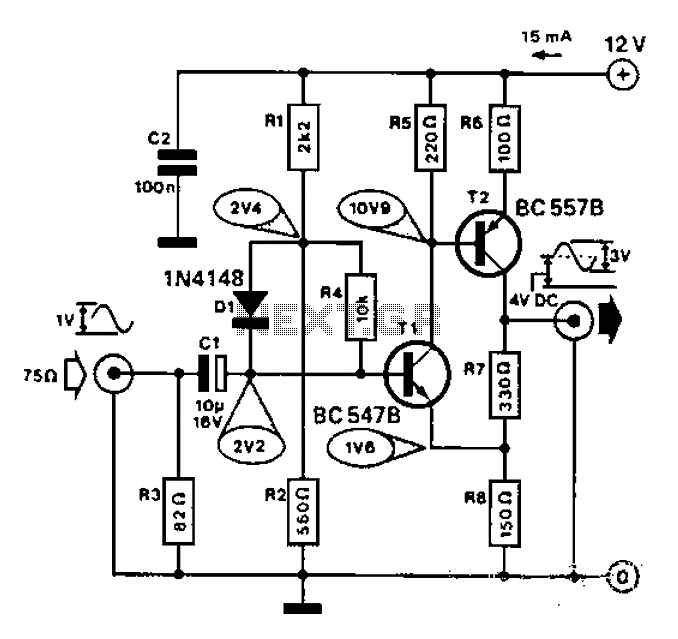
Commonly used for cameras or computers with black and white television connections, the amplifier has a gain of 3 and a bandwidth of 10 MHz.
The described circuit is an amplifier designed for applications involving cameras or computers that interface with black and white television systems. The amplifier features a gain of 3, which indicates that the output signal will be three times the amplitude of the input signal. This is particularly useful in enhancing the signal strength for better image quality in low-light conditions or when the source signal is weak.
The bandwidth of 10 MHz signifies the range of frequencies over which the amplifier can operate effectively. A bandwidth of this magnitude allows the amplifier to handle a variety of signals without significant distortion, making it suitable for video applications where maintaining signal integrity is crucial.
In practical terms, the amplifier circuit may include several key components such as resistors, capacitors, and operational amplifiers (op-amps). The gain can be set using a feedback resistor configuration, while capacitors may be employed to filter out unwanted noise and ensure stable operation across the specified bandwidth.
The design considerations for such an amplifier would also include power supply requirements, input and output impedance matching to ensure compatibility with the connected devices, and thermal management to prevent overheating during operation.
Overall, this amplifier serves as an essential component in systems requiring reliable video signal amplification, ensuring quality performance in the specified applications. Commonly used for camera or computer with B/W TV connection, the bandwidth of the amplifier gain of 3 and having 10MHz.
The described circuit is an amplifier designed for applications involving cameras or computers that interface with black and white television systems. The amplifier features a gain of 3, which indicates that the output signal will be three times the amplitude of the input signal. This is particularly useful in enhancing the signal strength for better image quality in low-light conditions or when the source signal is weak.
The bandwidth of 10 MHz signifies the range of frequencies over which the amplifier can operate effectively. A bandwidth of this magnitude allows the amplifier to handle a variety of signals without significant distortion, making it suitable for video applications where maintaining signal integrity is crucial.
In practical terms, the amplifier circuit may include several key components such as resistors, capacitors, and operational amplifiers (op-amps). The gain can be set using a feedback resistor configuration, while capacitors may be employed to filter out unwanted noise and ensure stable operation across the specified bandwidth.
The design considerations for such an amplifier would also include power supply requirements, input and output impedance matching to ensure compatibility with the connected devices, and thermal management to prevent overheating during operation.
Overall, this amplifier serves as an essential component in systems requiring reliable video signal amplification, ensuring quality performance in the specified applications. Commonly used for camera or computer with B/W TV connection, the bandwidth of the amplifier gain of 3 and having 10MHz.
Warning: include(partials/cookie-banner.php): Failed to open stream: Permission denied in /var/www/html/nextgr/view-circuit.php on line 713
Warning: include(): Failed opening 'partials/cookie-banner.php' for inclusion (include_path='.:/usr/share/php') in /var/www/html/nextgr/view-circuit.php on line 713
